talk to an expert
We're ready to help
Our ProCorp experts can answer your questions and provide a free assessment.

Microservices help overcome these shortcomings of monolithic architecture and provide a solution that helps systems and applications be as modular as possible. It comes with a pre-integrated eco-system with architectural reference tools that ensure best practices for NFR’s (Non-Functional Requirements) like logging, monitoring, discovery, security. Microservices reference architecture results in a system that is scalable, agile, and flexible. With our Microservices and API solutions, companies can iterate quickly, simplify deployment, and shorten the time-to-market.
Defines ownership boundaries to each system component and provides the ability to adopt any framework for different parts. It aims to increase agility by decoupling system components and reducing the cost of application scaling. By creating a reference architecture, we have mastered the art of achieving the transformation from monoliths to microservices.
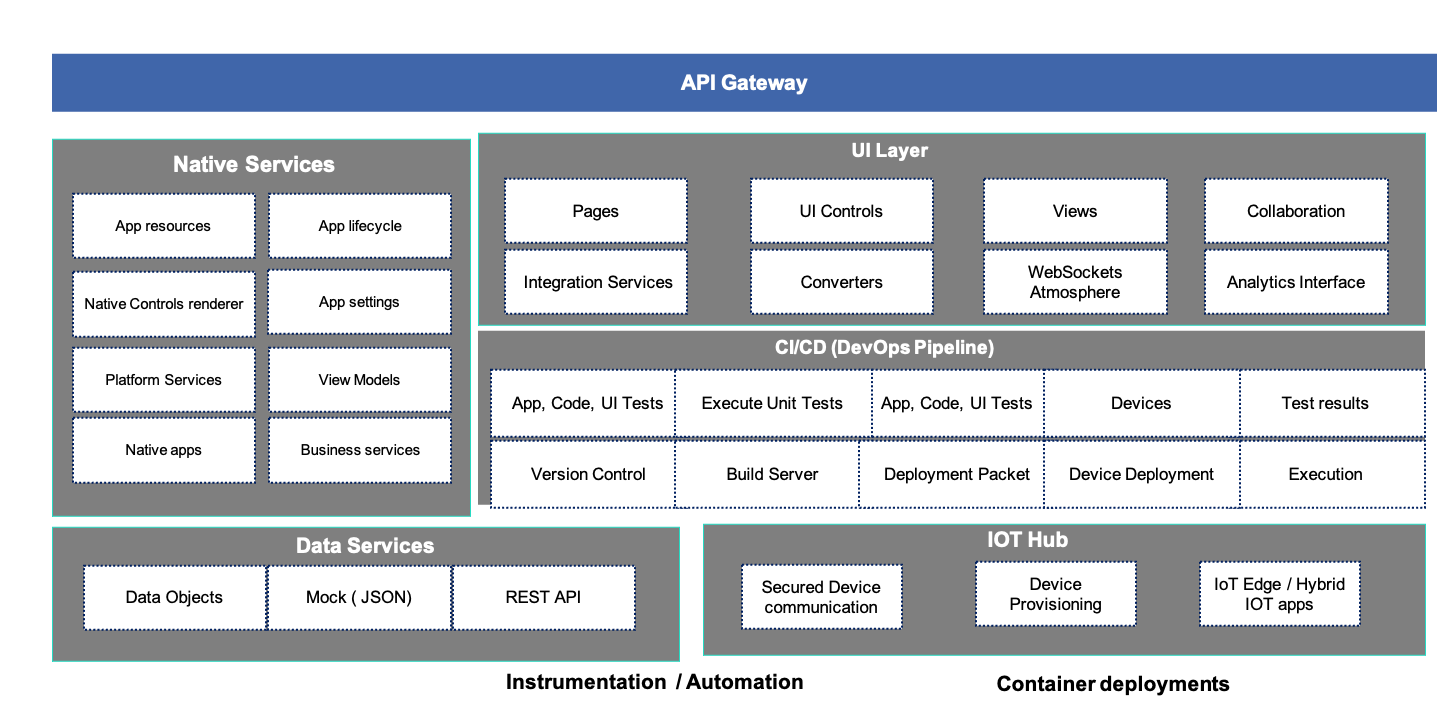
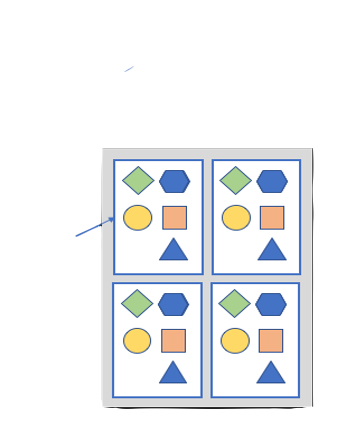
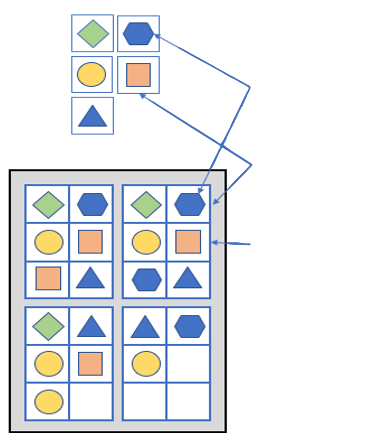
Microservices split each application into sets of smaller, interconnected services, cutting the time it takes an IT department to build, maintain and upgrade each one. This gives any development team more opportunities to customize those unique end-user experiences, even while keeping to the tighter schedule that Agile releases require. In the era of digital transformation and disruption, the need to accelerate implementation of new and shifting business requirements is driving the need for rapid platform and application development.
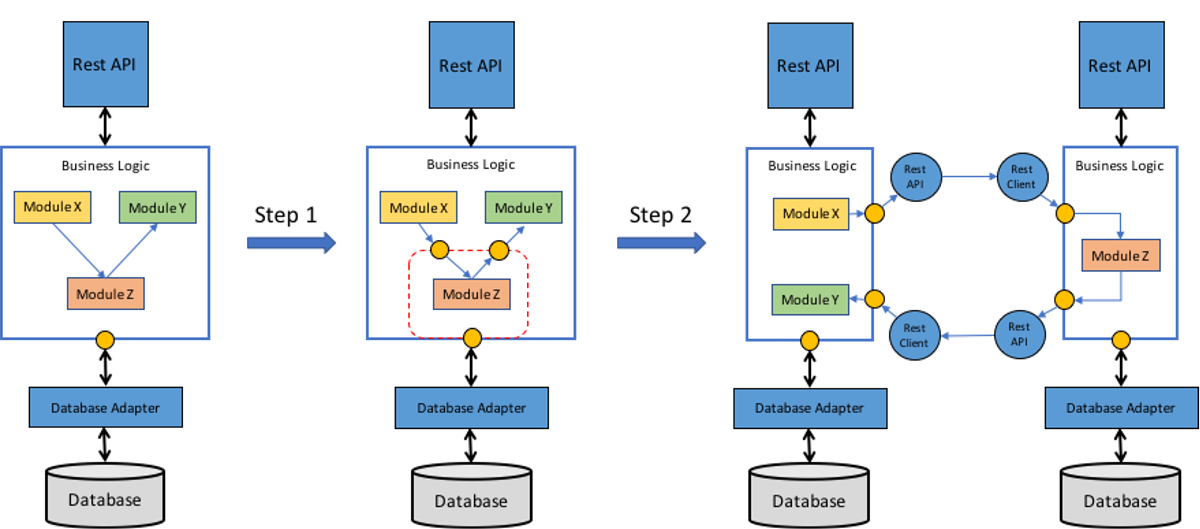
In response, software development, cybersecurity, and information technology (IT) operations have needed to find more efficient ways of working together, known today as “DevSecOps.” Rather than rebranding long-standing processes into new buzzwords, the DevSecOps model demands a fundamentally new approach to address secure product development and deployment when considering Microservices architecture.


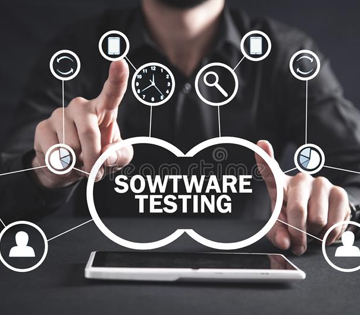

This digital asset is usable in any domain like Banking, Finance, Supply Chain, Omnichannel Commerce, Healthcare, Technology etc. Today’s end users expect dynamic yet consistent experiences across a range of devices. For this to happen, organizations of all sizes are adopting a microservices architecture. We build API management platforms to provide the security, reliability, visibility, and adaptability required to run a Microservices architecture efficiently and effectively.

Moving to a DevSecOps model doesn’t happen overnight. Rather, it’s both a strategic and continual improvement process aimed at delivering